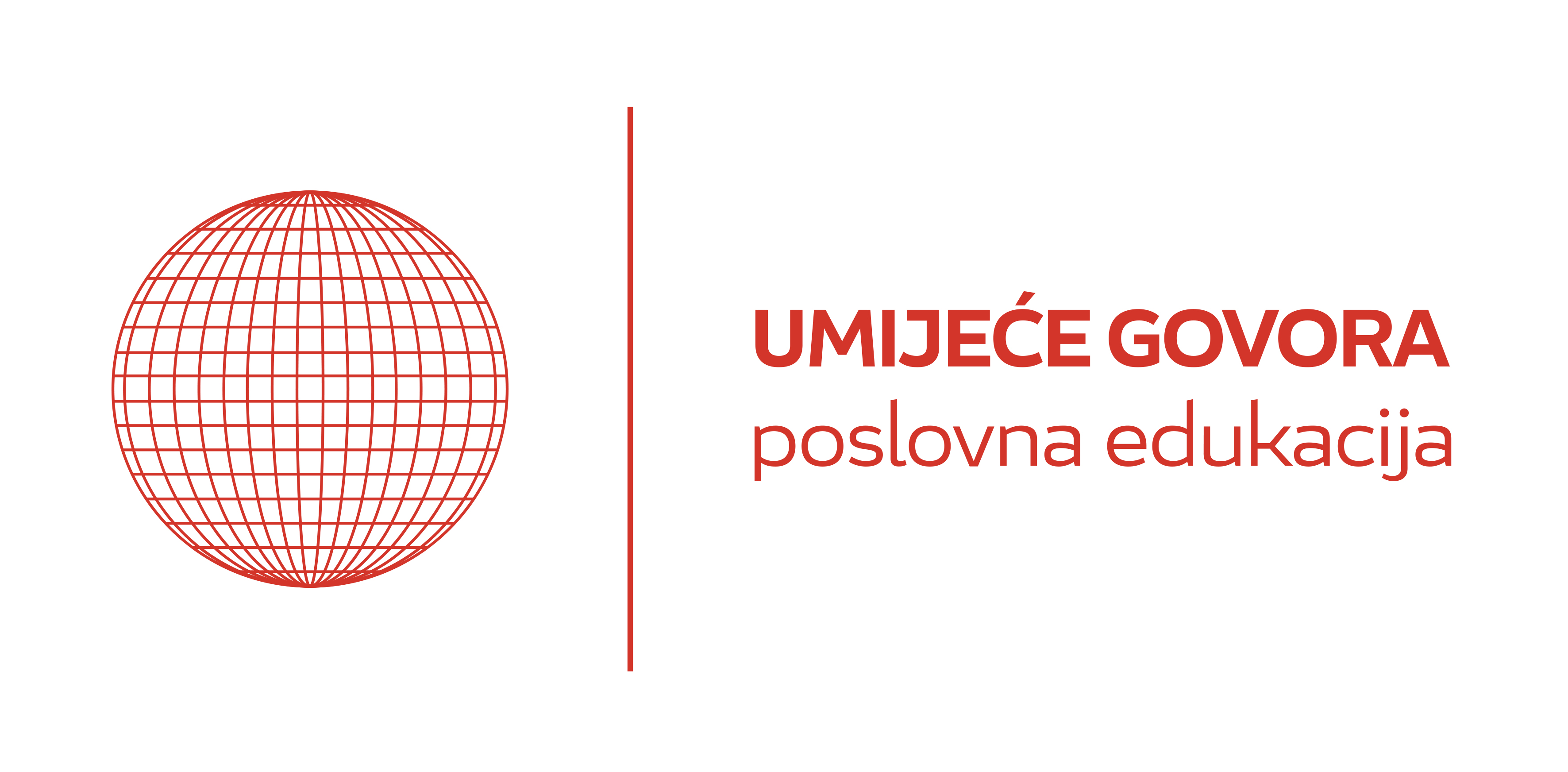Public Speaking: Equipment for Living
Jagoda Poropat Darrer
New Rhetoric – Equipment for Living
Objavljeno u časopisu Diplomacy and Commerce
Homonymous title of the recently held international rhetorical conference in Gent, Belgium implies the urge of mastering the public speaking tools to excel not only in public appearances but also in business, politics, commerce and management
„Great leaders build amazing communities. They do so in a variety of ways and over an extended period of time. One of the most effective tools to accomplish that is to shape and articulate powerful narratives of what’s possible. Effective leaders share stories about what great leadership looks and feels like when individuals come together as teams, and teams come together as communities, with a unifying sense of purpose and collective ambition“ (Douglas A. Ready, 2019). This insight has emerged from both survey data and dozens of C-suite-level interviews as part of a major global study, Future of Leadership in the Digital Economy, that MIT Sloan Management Review is conducting with Cognizant. In this new world of work, where being connected and resilient are of paramount importance, 82% of our global survey respondents and virtually all of those interviewed indicated that an individual in the digital world would need a certain level of digital savviness to be an effective leader. Yet, when asked what skill or behavior was the most important to leadership effectiveness, the answer was being able to articulate a clear sense of purpose, vision, and strategy. What at first seems old is new again: Clarity of communication in a hyper-speed world is a key difference maker in the eyes of current managers and leaders from around the world (sloanreview.mit.edu).
Rhetorical fields such as argumentation, persuasive communication, deliberation, public speaking, composition and new rhetoric are important fundaments to a strong leadership. No matter how compelling it may seem, data alone will not win people over. It needs to infuse the data with a story, suggests Nancy Duarte. Both scholars and business people explore the impact of rhetoric. The best places to argue the issue is certainly the international conference Rhetoric in Society, which in this year edition wanted to explore if and how rhetoric can still be relevant in an increasingly media-saturated knowledge society that is continuously in transition and that is becoming ever more complex and paradoxical by political, economic and cultural differences on a global scale.
According to Theresa Enos, Instead of focusing on the formal or aesthetic features of a spoken or written text, New Rhetoric theory focuses on discourse as action: writing or speech is perceived in terms of its capacity to do something for people, inform them, persuade them, enlighten them, change them, amuse them, or inspire them. The new Rhetoric challenges the classical division between and rhetoric, seeing rhetoric as referring to all sorts of discourse, whether philosophical, academic, professional, or public in nature and so seeing considerations as applicable to all discourse types. Marie Hochmuth Nichols summed up the differences between ‘old’ rhetoric and the ‘new’ rhetoric in this manner: whereas the key term for the ‘old’ rhetoric was persuasion and its stress was upon deliberate design, the key term for the ‘new’ rhetoric is identification and this may include partially ‘unconscious’ factors in its appeal. Identification, at its simplest level, maybe a deliberate device, or a means, as when a speaker identifies his interests with those of his audience. But identification can also be an ‘end,’ as ‘when people earnestly yearn to identify themselves with some group or other.’
The new rhetoric is defined as a theory of argumentation that has as its object the study of discursive techniques that aim to provoke or to increase the adherence of men’s minds to the theses that are presented for their assent. It also examines the conditions that allow argumentation to begin and to be developed, as well as the effects produced by this development. It should be noted, moreover, that the new rhetoric is opposed to the tradition of modern, purely literary rhetoric, better called stylistic, which reduces rhetoric to a study of figures of style, because it is not concerned with the forms of discourse for their ornamental or aesthetic value but solely insofar as they are means of persuasion and, more especially, means of creating “presence” (i.e., bringing to the mind of the hearer things that are not immediately present) through the techniques of presentation.
The alternative offered by the new rhetoric would furnish a complementary tool to traditional logic, which is limited to the technique of demonstration, or necessary proof according to the rules of deduction and induction; it would add the technique of argumentation. This would allow men not only to verify and to prove their beliefs but also to justify their decisions and their choices. Thus, the new rhetoric, elaborating a logic for judgments of value, is indispensable for the analysis of practical reasoning (britannica.com).





